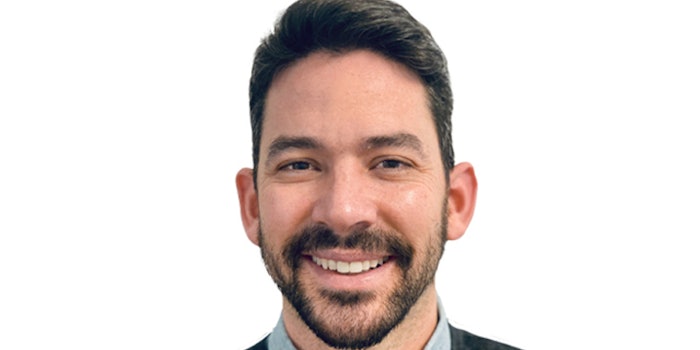
“Amazon has reduced the distance between entrepreneurs and customers,” says Yadin Shemmer, CEO at Intrinsic, which scouts Amazon and Shopify for brands of the future to invest in.
“We believe the brands of the future will be born and raised online versus coming from the large CPG conglomerates that dominated the past century. Amazon has 5 million sellers, so there is a huge diverse ecosystem where you can find the brands of the future. These digital native brands are winning because they are managing to bring unique, innovative products to market quickly and meet consumers where they are."
Report: How to Jumpstart Your Amazon Strategy
Yadin adds, “When you look at e-commerce marketplaces like Amazon, you can gauge consumer satisfaction via ratings and reviews and repeat purchases. This enables you to assess whether a brand can grow.”
Intrinsic seeks to accelerate products that make a difference in people's lives. Intrinsic's sweet spot is brands with $1-10 million in sales that solve an unmet health care problem in a new way.
“The transaction is just the beginning of a relationship,” continues Shemmer. “We have created a platform called Intrinsic Studio that is a set of resources and relationships to help entrepreneurs launch their next business. We want to be the ace in the hole for these entrepreneurs in whatever they do after they sell their brands.”
Who goes to Intrinsic and why?
Yadin Shemmer [YS]: Entrepreneurs from around the world who built health and wellness brands selling primarily on e-commerce channels.
What kind of companies do you look to invest in?
[YS]: We love founders that improve on the status quo and create products that improve lives. Typically, we acquire a brand outright because an entrepreneur wants to sell and move on to something else. Many entrepreneurs are able to get their brands to $3-5 million in revenue on Amazon but find it hard to scale beyond that. Making that transition is hard. It requires a larger investment and moving off Amazon, i.e. brick and mortar, global, and digital marketing. There's also traditional marketing, distributing it through health care channels including hospitals, insurance, etc.
What makes a company attractive?
[YS]: Product innovation in an area with an unmet need. We also prefer if a brand is specialized for a specific health care challenge, i.e. addressing knee pain vs. a generic supplement for vitamin C. Once we find interesting brands, the key characteristic we look for are happy and recurring customers. Lastly, we are looking for evidence that a brand has managed to create awareness beyond Amazon, i.e. social chatter, search patterns, etc.
What is most interesting to you about the wellness sector?
[YS]: That it improves people's lives. It matters. The search for better health doesn't stop at the doctor's office. People are always seeking solutions.
What trends have you been spotting?
1. Aging. People want to age independently at home.
2. Management of chronic disorders and diseases.
3. Solutions that are more natural, less toxic and chemical solutions to health and wellness.
4. Sleep.
5. Menopause.
Report: The Menopause Beauty Opportunity
Any tips on sprucing up an investor deck?
[YS]: Keep it short. Focus on the problem you're solving and make it relatable. Underscore the size of the prize. How big can your brand be? Why are you going to win? Why is your team the right team?
What makes you perk up when you hear it in an elevator pitch?
[YS]: We are investing in the problem and the solution. Addressing the defined problem and generating happy, repeat customers. Reviews, ratings, repeat purchases, web traffic and digital presence are some of the key signals we look at.
Do you think Amazon brands can move into brick and mortar?
[YS]: It depends on the category and brand. Brick-and-mortar retail is not a great avenue to create awareness and grow a young brand. Consumers are walking down the aisle and if they don’t recognize your product, they will pass it by. Getting shelf space doesn't mean you will get sales. Amazon is a search engine so it's very different from typical brick and mortar because someone is searching for a product. Also, brick and mortar payment terms are much more difficult than Amazon and you have to pay suppliers before you get paid.
What changes should a brand make in this time of transition?
[YS]: Be visible in e-commerce in this environment, but don't change your product to meet [a] specific pandemic need.










